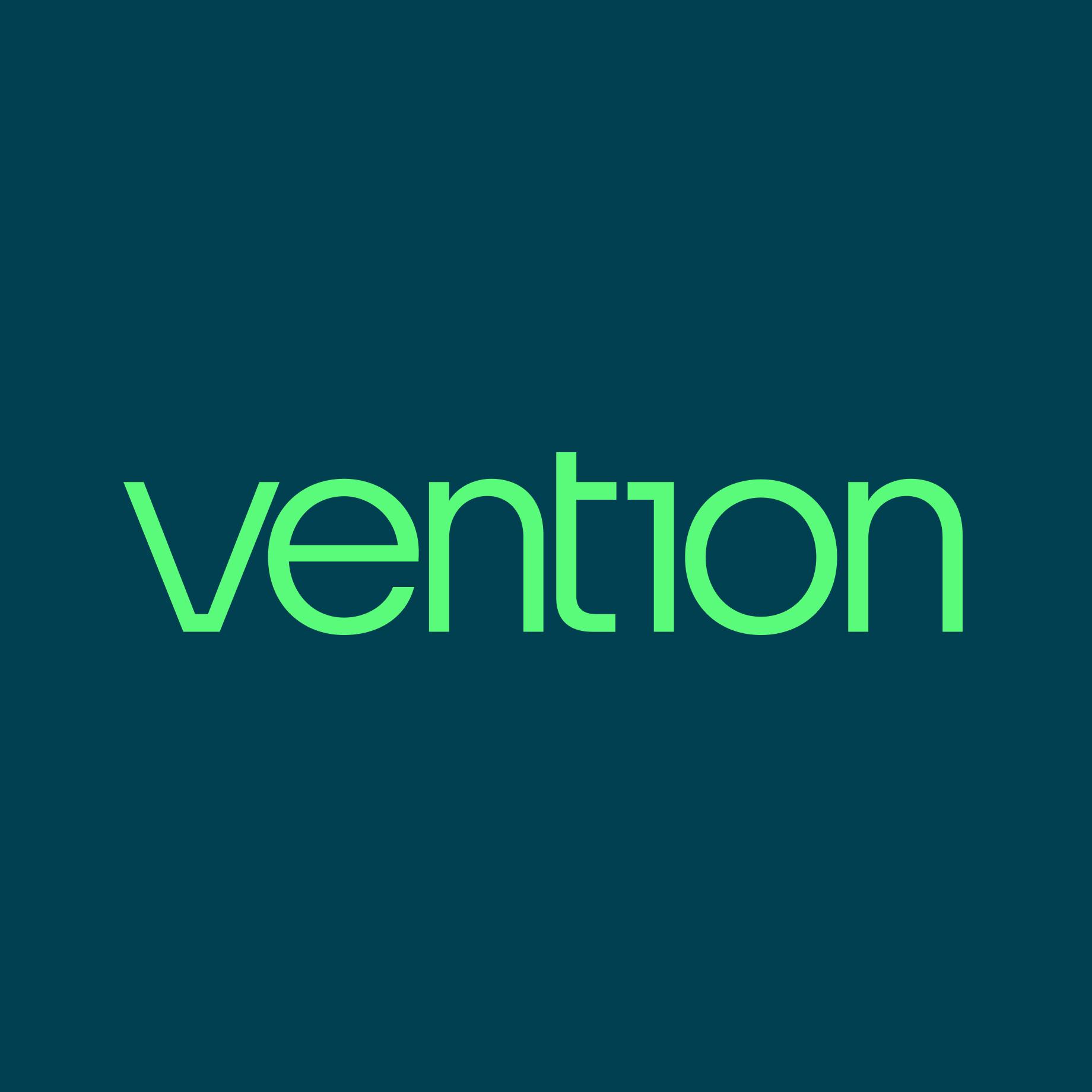
How to use augmented reality in engineering

The AEC (architecture, engineering, and construction) industries rely heavily on modeling and computer-generated images. When dealing with precise measurements, it's important to be able to fully portray how a building, vehicle, product, or structure will appear in real-life, and to be able to adjust the imaging based on changes to dimensions.
Engineers and designers have long relied on CAD software tools to help them visualize their work and understand how all the pieces of a project fit together. But today, the AEC industry has the benefit of sophisticated 3D imaging tools that can help you understand how images fit into real environments, in the form of augmented reality (AR) and virtual reality (VR) technology.
Immersive technologies like AR and VR enable AEC practitioners to convey the intent and visual identity of their designs at a caliber that 2D CAD illustrations or blueprints can't match. That can help provide better marketing materials for design proposals, and help teams save money and avoid redos during the construction process. By providing detailed, 3D visuals for a design concept, AEC teams can ensure that everyone involved is clear on the complete scope of work and how the finished project will appear before construction begins, saving time on planning.
Here are some of the ways that AR and VR technology can be used in engineering and other AEC industries.

Prototyping
Any engineering project starts out with a prototype, whether that's a full-sized proof of concept or a smaller replica of a finished product.
But by using AR or VR technology for prototyping, you can develop a preliminary digital proof of concept before developing a physical prototype, and tweak the look, feel, material, and dimensions of the digital designs as much as necessary before moving to a physical prototype, or even eliminating the physical prototype phase altogether. To do this, you'll typically start out using standard 2D modeling tools, and then move on to 3D rendering to showcase the 3D objects in space.
Using a mobile app that incorporates AR imaging will enable your team or clients to view your designs in real space through the phone or tablet's screen, superimposed over the real environment. For example, you'll be able to showcase an entire factory setup in an empty warehouse, enabling your collaborators to walk around the space to understand where each part of the production line will fit into place.
If you opt for a VR setup, available with a headset like Oculus Rift, you can render the entire factory setup in virtual space, so that your collaborators don't need to physically move around, and can simply turn their heads or hit a button to move forward or backward to explore more of their surroundings. By using VR, they can physically go inside different settings, and have an immersive experience that gives them a genuine sense of the finished project.
Developing 3D, hyper-realistic models of completed products can help your team with fundraising or pre-sales if you don't have a completed product to display. And, when working with a client or partner, it can also help you to avoid miscommunication by providing your collaborator with a comprehensive look at how the completed product should look and behave, giving you the opportunity to make adjustments early in the process, which will save time and money.

Training
AR and VR are also highly useful in training new employees, or training employees on new skills.
In engineering college or graduate programs, VR training can be used to create simulated environments where engineers in training can experiment with research such as testing different engines in a prototype of a car, or testing different material combinations to see how they mix together. This type of simulation can be done in a small space, rather than requiring a large lab, and does not require supplies for building, testing, and prototyping – enabling engineering students to run an unlimited amount of experiments without adding to the program’s budget.
AR glasses, such as Google Glass, can also provide great training tools to engineering students or practicing engineers learning how to operate or maintain equipment, by providing real-time overlays describing each component, or step-by-step instructions to complete a process. The glasses can also provide students and engineers with access to hands-free tutorial videos or audio instructions that they can watch or listen to as they're learning how to operate equipment. Students and engineers can also use an app to scan QR codes, which can be used to view associated objects with digital overlays that provide additional data about each object and how to use it.
AR and VR training can also be used to teach and reinforce safety procedures. By learning about safety protocols in a simulated environment, students and new employees can avoid risk and be prepared for the potential hazards of working in a real environment with combustible engines and other potentially hazardous equipment.
Summary
Throughout training, prototyping, and even showcasing a virtual model of a completed product to remote collaborators or customers, AR and VR technologies empower engineers and other AEC professionals to learn processes and experiment with design changes at a rapid, iterative pace, without wasting materials. By incorporating immersive technologies, they can build and train in simulated environments that enable them to learn new skills in a risk-free environment, and enable them to easily make changes to their designs without needing to build new prototypes from scratch.
Regardless of where it is used in the process, AR and VR technologies have become a valuable part of the engineering toolkit today that will help today's engineers to drive innovation more rapidly and safely.





